Bolong-Eta Tree
- October 31, 2024
- 0 comment
The Philippine Bolong-Eta Tree (Diospyros pilosanthera) is a remarkable and ecologically significant tree native to the Philippines. This tree species plays a vital role in local ecosystems, contributing to soil health, providing habitat for wildlife, and supporting biodiversity.

A member of the Ebenaceae family, known for hardwood species, the Bolong-Eta Tree holds an essential place in the balance of tropical forests.
What Is the Philippine Bolong-Eta Tree?
The Philippine Bolong-Eta Tree (Diospyros pilosanthera) belongs to the ebony family, Ebenaceae. Like other Diospyros species, it is known for its hard, dense wood and dark bark, often valued for carpentry and furniture.
Main Characteristics:
- Leaves: Broad, dark green, and slightly leathery. The leaves are simple and arranged alternately, helping the tree retain moisture in tropical conditions.
- Flowers: Small, inconspicuous, but aromatic blooms that usually grow in clusters. These flowers play a significant role in attracting pollinators.
- Bark: Rough-textured and dark-colored, sometimes nearly black. The bark’s hard exterior protects the tree from herbivores and helps prevent moisture loss.
- Lifespan: These trees are generally long-lived, often thriving for several decades in tropical conditions.
Interesting Facts:
The Philippine Bolong-Eta Tree not only enhances soil health through leaf litter and root stabilization but also serves as a native tree that promotes resilience in forest ecosystems, especially valuable for reforestation projects.
Philippine Bolong-Eta Tree Species
There are various species and subspecies within the Diospyros genus in the Philippines, each adapted to unique ecological niches. Some species have larger canopies, providing dense shade, while others may be smaller and shrub-like. Each plays a different role in terms of habitat and shade coverage, impacting the understory plant life and animal inhabitants.
Diospyros Pilosanthera Var. Pilosanthera
The common type, typically found in dense, moist forests.
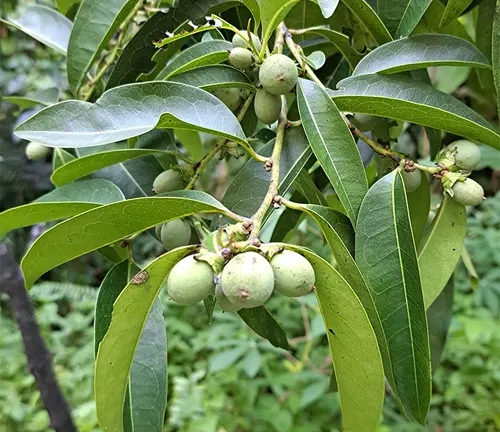
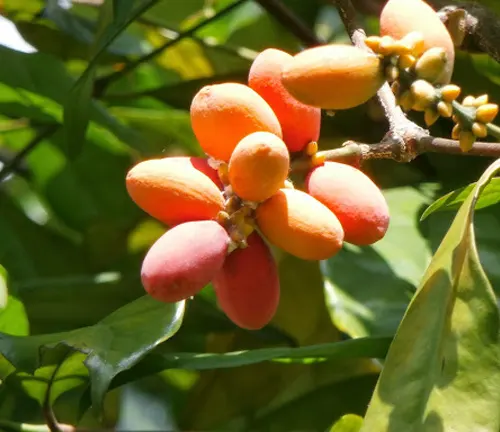
Diospyros Ferrea
Known for its harder wood and distinctive fruits, often found in lowland regions.
Diospyros Blancoi
Another native species, slightly different in its leaf and fruit characteristics, and valued for its aesthetic appeal.
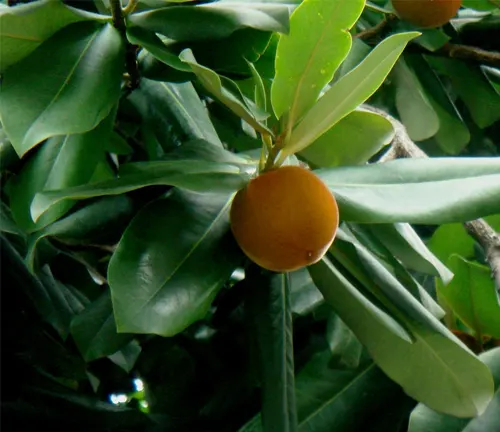
Each of these trees offers benefits in terms of habitat, food for wildlife, and supporting other native plants.
Where Do Philippine Bolong-Eta Trees Grow?
The Philippine Bolong-Eta Tree thrives in tropical lowland forests throughout the Philippines. It is well-adapted to both moist and somewhat dry tropical climates but is most commonly found in dense, humid forest regions where it enjoys plenty of shade and fertile soil.
The tree’s dense bark and leathery leaves help it withstand periods of both intense sunlight and tropical rains. Although it prefers humid conditions, it has shown resilience in adapting to moderate droughts, making it suitable for reforestation efforts.
As a native species, the Philippine Bolong-Eta Tree contributes to soil stabilization and forest canopy diversity. Its roots help bind the soil, preventing erosion, while its canopy offers a habitat for diverse bird and insect species.
How to Grow and Care for Philippine Bolong-Eta Tree
For those interested in cultivating the Philippine Bolong-Eta Tree, it requires specific conditions to thrive:
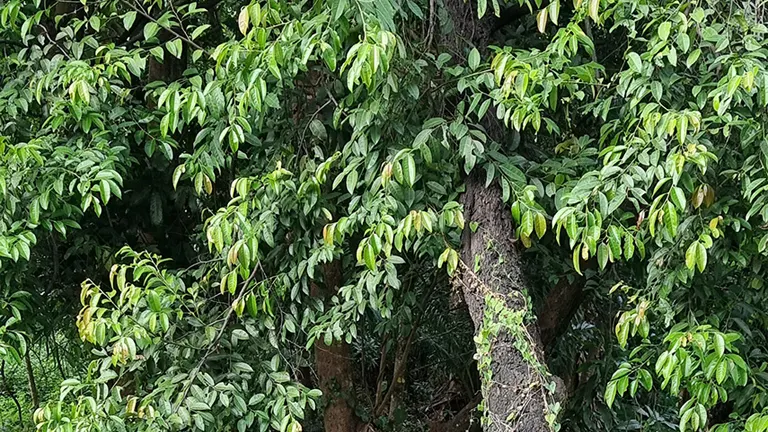
- Soil Type: Prefers well-draining, nutrient-rich soil. Slightly acidic to neutral pH levels are ideal.
- Watering Needs: Regular watering during dry spells is essential, especially for young saplings. Mature trees can tolerate moderate drought.
- Sunlight: Prefers partial to full sunlight. In a home garden, it’s best placed in a spot where it can receive both sun and some shade.
Propagation and Care Tips:
The tree can be propagated through seeds or cuttings. Germinating seeds in a moist, warm environment enhances success. Once planted, periodic pruning helps maintain shape and control size, while checking for pests or diseases ensures a healthy tree.
Ecological Benefits of the Philippine Bolong-Eta Tree
The tree’s roots provide stability to the soil, reducing erosion, especially in mountainous areas prone to landslides. Its fallen leaves contribute organic matter to the soil, enriching its nutrient content and benefiting nearby plants.
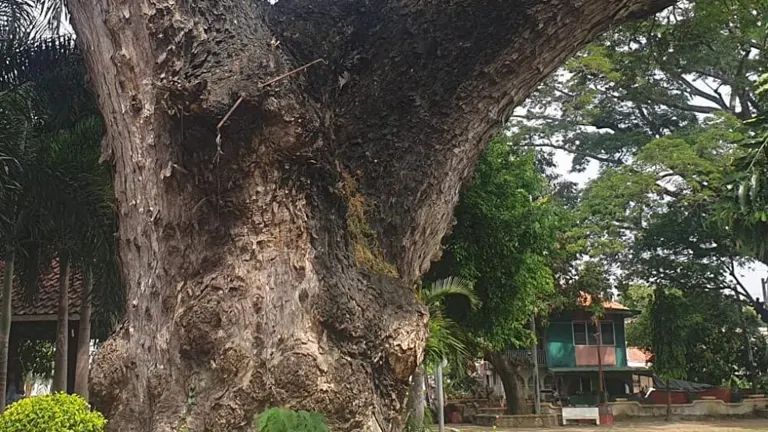
The Philippine Bolong-Eta Tree attracts various animals, including birds, insects, and small mammals. The tree’s fruit is a food source for these animals, and its branches offer a secure habitat for nesting.
Philippine Bolong-Eta Tree Flowering and Pollination
The Philippine Bolong-Eta Tree usually flowers in the spring. Its blooms, though small, are aromatic and often pale in color, making them appealing to pollinators. The flowers are essential in supporting local bee and bird populations, which aid in pollination.
Its flowers help sustain pollinator populations, which in turn contribute to the health of surrounding flora by assisting in seed dispersal and cross-pollination.
Is the Philippine Bolong-Eta Tree Drought-Tolerant?
This tree is moderately drought-tolerant once it is mature, making it a resilient species in areas with seasonal dry spells. Its thick bark and sturdy root system enable it to access deep water sources, supporting survival even during extended dry periods.
If growing in drier climates, additional watering during the hottest months can support young trees. Mulching around the base can also help retain moisture and protect the roots from extreme heat.
Philippine Bolong-Eta Tree and Wildlife Interactions
The Philippine Bolong-Eta Tree offers food, shelter, and nesting sites for various local species. Birds are often seen perching and nesting within its branches, and the tree’s fruits provide a vital food source for mammals and insects alike.
Animals that feed on the tree’s fruit often aid in seed dispersal, helping the tree propagate across the forest. This relationship supports forest regeneration and contributes to greater biodiversity.
Final Conclusion
In summary, the Philippine Bolong-Eta Tree (Diospyros pilosanthera) plays a crucial role in the environment by promoting soil health, providing wildlife habitat, and enhancing local biodiversity. Its adaptability makes it valuable for conservation and reforestation efforts, particularly in areas affected by deforestation. Protecting and cultivating the Philippine Bolong-Eta Tree is essential to preserving the Philippines’ rich natural heritage and supporting a balanced ecosystem.
Frequently Asked Questions (FAQs)
- What is the Philippine Bolong-Eta Tree?
The Philippine Bolong-Eta Tree is a native tree species from the Philippines, scientifically known as Diospyros pilosanthera, belonging to the ebony family (Ebenaceae). It is valued for its hard wood, ecological benefits, and support for biodiversity. - Where does the Philippine Bolong-Eta Tree grow naturally?
It primarily grows in tropical lowland forests across the Philippines, thriving in humid, fertile soil. It’s well-suited to both moist and moderate-dry tropical environments. - What are the main characteristics of this tree?
The tree has dark, rough bark, broad green leaves, and small, aromatic flowers. It can live for decades and grows best in shaded or semi-shaded areas. - How does the Philippine Bolong-Eta Tree benefit the environment?
It stabilizes soil, prevents erosion, enriches soil with organic matter, and provides habitat and food for birds, insects, and small animals, thus supporting biodiversity. - Can the Philippine Bolong-Eta Tree tolerate drought?
Yes, once mature, it shows moderate drought tolerance due to its deep roots and sturdy bark, which help it survive dry spells. - When does the Philippine Bolong-Eta Tree flower?
It typically flowers in the spring, with small, pale, fragrant blooms that attract pollinators like bees and birds, aiding local ecosystems. - How do you grow and care for a Philippine Bolong-Eta Tree?
Plant in well-draining, nutrient-rich soil with partial sunlight. Water regularly in dry seasons, and mulch around the base to retain moisture. - What wildlife depends on the Philippine Bolong-Eta Tree?
Birds, insects, and some mammals rely on the tree for food (through its fruit) and shelter, forming symbiotic relationships that help spread its seeds.


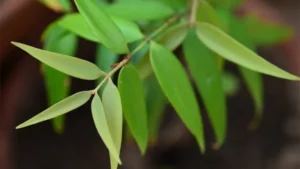
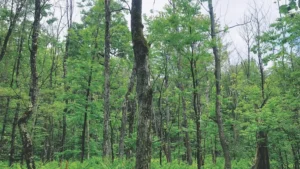
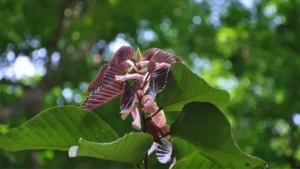

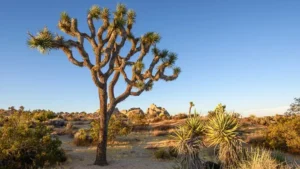
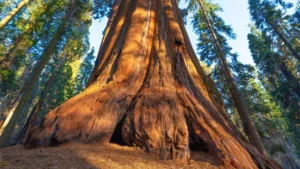

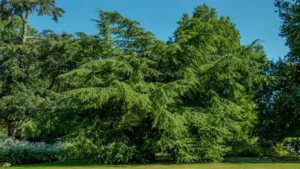
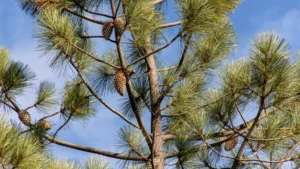


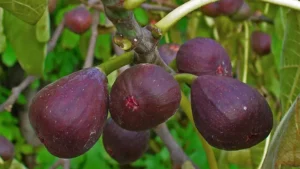
Leave your comment